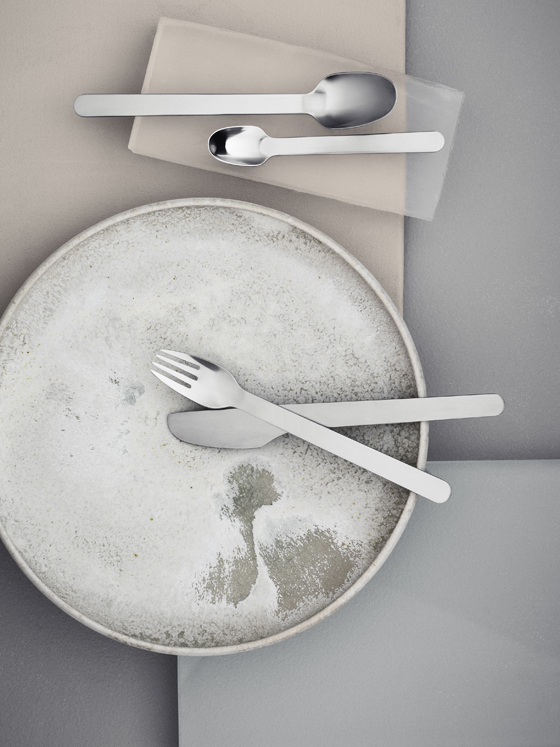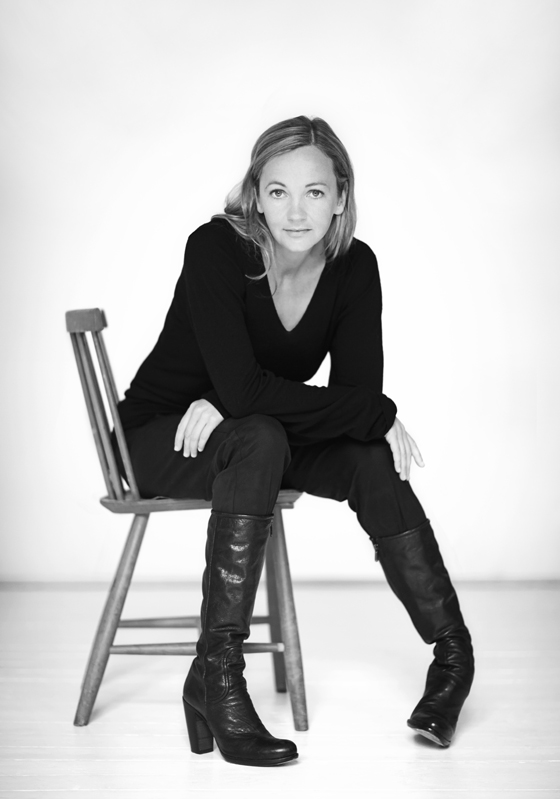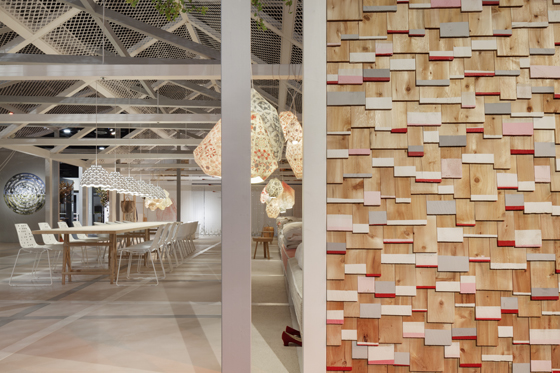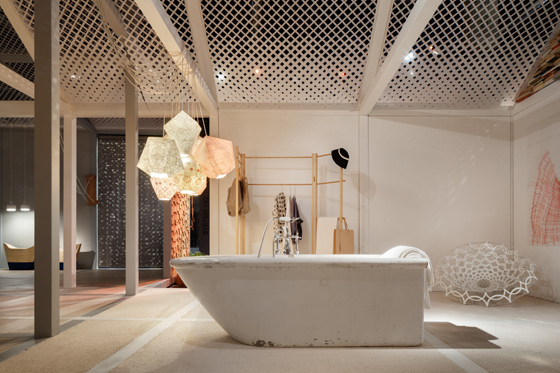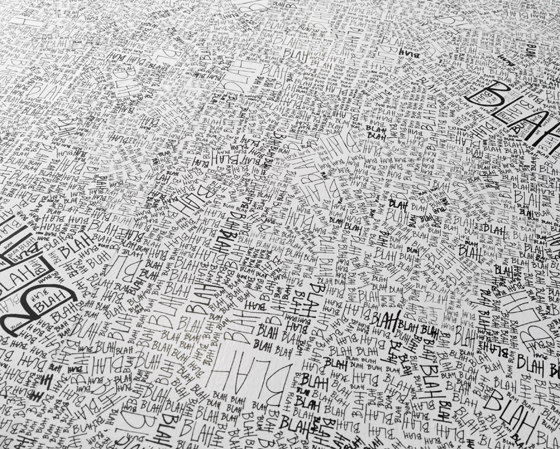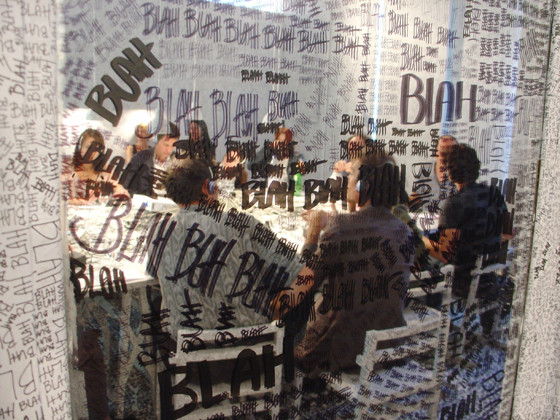Transcending British and Nordic Sensibilities
Text by Adrian Madlener
11.02.15
This page has been archived and is no longer updated
Known for gentle twists – playful experiments and objects that reevaluate our daily experience – Louise Campbell believes that everything is possible until the opposite has been proven. Campbell explores new forms of production without loosing grasp of craftsmanship. TLmag spoke to the industry innovator about recent projects and the significance of her Anglo-Danish background. (Interview by Adrian Madlener)
Known for gentle twists – playful experiments and objects that reevaluate our daily experience – Louise Campbell believes that everything is possible until the opposite has been proven; that there must be a good reason for every decision made. Such a grounded approach doesn’t cloud the Copenhagen-based designer’s holistic attention to concept, detail, material, reinterpreted tradition and manufacturing methods. Developing furniture, installations, lighting and objects, she collaborates with major brands like Baccarat, Hay, Louis Poulsen, Muuto, Stelton and Zanotta but also platforms such as the Danish Ministry of Culture.
Campbell explores new forms of production without loosing grasp of craftsmanship. TLmag spoke to the industry innovator about recent projects and the significance of her Anglo-Danish background. (Interview by Adrian Madlener)
TLmag: Investigating new materials and modes of fabrication, you process is always transparent. What steps did you take in developing Cutlery for Georg Jensen?
Louise Campbell: The best – time consuming – part of designing Cutlery was sketching and designing everything by hand. Although a computer and 3D printer were employed along the way – in an attempt to speed things up – it didn’t work, as sensuality was lost. Making several hundred models enabled me to test different forms. Each utensil was initially created by folding and gluing 20 to 30 thin sheets – later filed, to achieve the right angles. Spending many Sundays with a Georg Jensen silversmith, we translated these early prototypes into solid silver. With such a hands-on approach – from start to finish – I allowed my fingers, mouth and eyes to make the decision.
TLmag: With projects like Elements for Royal Copenhagen – you challenge tradition but maintain clear identities. From where do you draw inspiration?
Louise Campbell: When working with clients, I look at two aspects in particular: the company’s history, so that I can respectfully propose which future direction it should explore, and the materials the company works with – both fuel my process. The closer I get to experts, on the factory floors, the better. It’s there, at machines, whilst watching materials do their thing, that my brain starts to play.
TLmag: Created for imm Cologne 2014, Das Haus broke the walls between private and public space. How did this large-scale installation address new domestic trends?
Louise Campbell: For numerous reasons, I oppose trends destined for product design. Not the least due to longevity – which is what I strive for – but because they simply don’t fit together. Good design requires quality and quality is achieved over time. Trends take away credibility and individuality. They are better suited for cuisine, where they increase our understanding of food’s value. Das Haus was intended to show the importance of a slow life, fixing rather than replacing and hand-making – wherever possible.
TLmag: Can you describe the concept behind Blah Blah Blah.
Louise Campbell: Every six months, the Kunstforeningen GL Strand (Copenhagen’s modern art museum) invites a new artist to do whatever they see fit to their meeting room – functioning as its own exhibition when not in use. My contribution responded to what went on in the endless meetings, I attended while chairing the Danish State Art Foundation’s design and craft committee.
Conference rooms are dull, neutral and rarely express the drama they host. We all go to meetings and sometimes people die in them, not only from boredom or stress. They account for a lot of exchanged words, few of which are remember afterwards. Like a squash-court – where balls continually stain walls – Blah Blah Blah allows word to do the same. Covering every surface, even under tables and inside lampshades, these expressions rest peacefully. I’m currently hard at work installing the first permanent version of this project at the Copenhagen-based Kofoeds School – an independent organization helping to promote self-reliance for people with socio-economical problems.
TLmag: Do you consider yourself British, Danish or both. How do these different backgrounds influence your approach, aesthetic and formal choices?
Louise Campbell: My English needs nourishing but when it comes to giving form and reasoning, I’m absolutely a mix – equally obsessed with Scandinavian rationality and British sentimentality.
---
